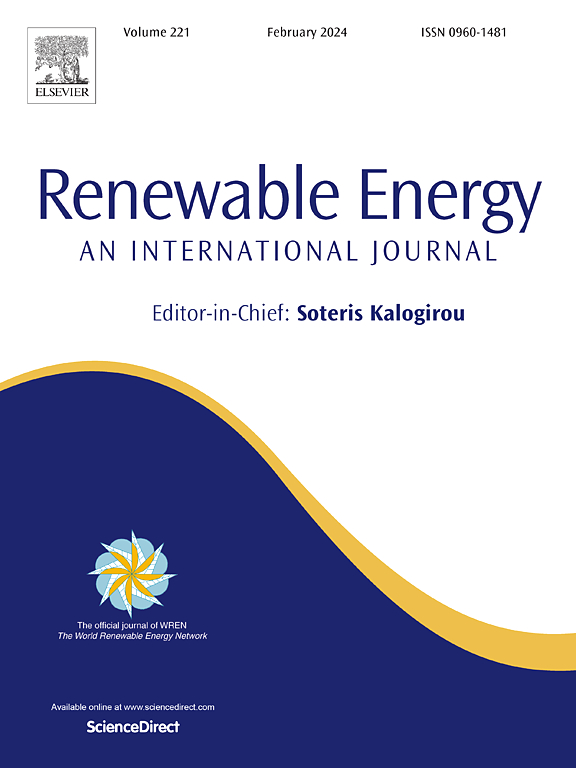油页岩催化电解水制氢可行性分析
IF 9
1区 工程技术
Q1 ENERGY & FUELS
引用次数: 0
摘要
碳辅助催化电解(CAWE)已被证明可以显着降低能源消耗并提高氢生产的经济可行性。本研究以BP油页岩为添加剂,在硫酸环境下进行催化电解水实验。结果表明,当电压达到1.42 V时,电流显著增加。分析表明,铁离子(Fe2+/Fe3+)具有促进电荷转移和介导氧化还原循环的双重作用;然而,它们的催化效率受到油页岩表面逐渐形成的有机矿物钝化层的限制。采用固液相分离法,对比分析表明,液相电解的最大电流密度达到8ma,是固相电解的两倍。然而,与固相系统相比,电流衰减迅速,稳定持续时间缩短了78%。阳极产物的气相色谱表征表明,部分氧化途径涉及中间碳氢化合物(CnHmXy),而不是相应的气体形成。本研究证实,优化铁再生途径和抑制表面钝化是推进该技术工程应用的关键突破。这些发现为油页岩催化电解制氢提供了基本的见解。本文章由计算机程序翻译,如有差异,请以英文原文为准。
Feasibility analysis of oil shale catalyzed water electrolysis for hydrogen production
Carbon-assisted catalytic hydroelectrolysis (CAWE) has been demonstrated to significantly reduce energy consumption and enhance the economic viability of hydrogen production. In this study, BP oil shale was employed as an additive in a sulfuric acid environment for catalytic water electrolysis experiments. The results indicate a pronounced increase in current when the voltage reaches 1.42 V. Analysis reveals that iron ions (Fe2+/Fe3+) play a dual role in facilitating charge transfer and mediating the redox cycle; however, their catalytic efficiency is constrained by the organo-mineral passivation layer that progressively forms on the surface of the oil shale. Utilizing a solid-liquid phase separation method, comparative analysis shows that the maximum current density of liquid-phase electrolysis reaches 8 mA, which is double that of solid-phase electrolysis. However, the current decays rapidly, and stability duration is reduced by 78 % compared to the solid-phase system. Gas chromatographic characterization of the anode products indicates a partial oxidation pathway involving intermediate hydrocarbons (CnHmXy), rather than corresponding gas formation. This study confirms that optimizing the iron regeneration pathway and inhibiting surface passivation are critical breakthroughs for promoting the engineering application of this technology. These findings provide basic insights into the catalytic hydroelectrolysis of oil shale for hydrogen production.
求助全文
通过发布文献求助,成功后即可免费获取论文全文。
去求助
来源期刊

Renewable Energy
工程技术-能源与燃料
CiteScore
18.40
自引率
9.20%
发文量
1955
审稿时长
6.6 months
期刊介绍:
Renewable Energy journal is dedicated to advancing knowledge and disseminating insights on various topics and technologies within renewable energy systems and components. Our mission is to support researchers, engineers, economists, manufacturers, NGOs, associations, and societies in staying updated on new developments in their respective fields and applying alternative energy solutions to current practices.
As an international, multidisciplinary journal in renewable energy engineering and research, we strive to be a premier peer-reviewed platform and a trusted source of original research and reviews in the field of renewable energy. Join us in our endeavor to drive innovation and progress in sustainable energy solutions.
 求助内容:
求助内容: 应助结果提醒方式:
应助结果提醒方式:


